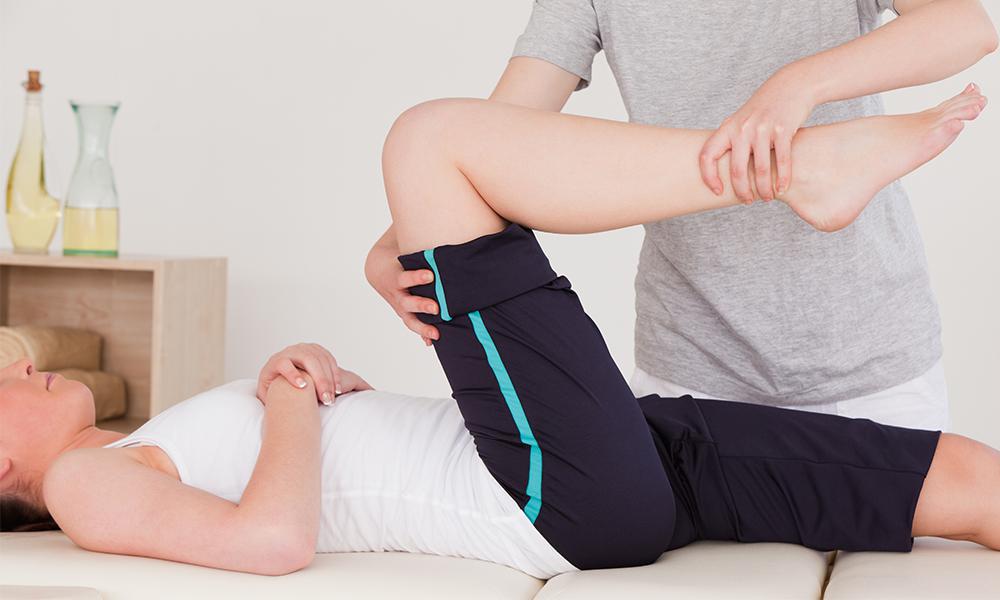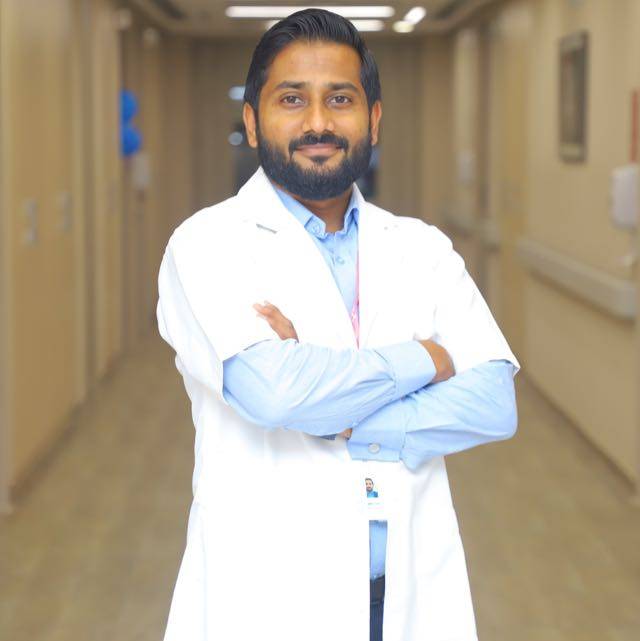
While giving the best on the field, it is quite common for athlete or player to encounter with an injury and one of the most common injuries is Anterior Crucial Knee Ligament (ACL) tear or rupture. If we observe its frequency, then players who are indulged in sports like basketball, volleyball, football, etc are more prone to this injury (and especially the female athletes).
ACL reconstruction – A ray of hope
If you take the advice of medical experts, then they may suggest you to undergo ACL reconstruction surgery. This surgery can help in repairing the ACL and help the patient to return to his daily routine by performing the same functions without any changes in performance, frequency, and intensity. It also helps in preventing degenerative modification to the knee due to any injury or medical condition like Osteoarthritis. Luckily, many players can go back to their regular schedule (training & matches) after complete rehabilitation.
Well planned rehabilitation post ACL reconstruction- an assurance to return to sport
Usually, the outcomes of ACL reconstruction are well evaluated before as well as after the surgery. But according to new research, early phases of post-surgery rehabilitation holds a significant impact on the self-reported results. Each phase of postoperative rehabilitation has an outline of objectives that aim to improve strength and range of motion progressing back to normal life as an athlete. Let’s discuss this matter in detail.
Phase 1: Range of Motion (ROM)
This phase directs the patient to overall return to function while preparing him for the next phase by restoring patellofemoral and tibiofemoral range of motion, commencing activation of quadriceps, and treating joint effusion. The goal of this phase is to achieve full active knee extension and eliminate swelling. Moreover, the ability to control the leg while weight bearing is restored with the help of various exercises. The prime focus is on lifting the leg in all directions without external help. Extension bolster, ROM wall slides, Platellar mobilization are some of the exercises recommended for this phase.
Phase 2: Periodized Strength Development for Muscular Endurance
The prime goal of this phase is to emphasize the enhancement of muscular endurance and strength with the help of the periodized program. You may be recommended to participate in this program twice or thrice a week with a gap of around 48 hours in 2 training sessions. Many exercises for quadriceps, hamstrings, and glutes will be suggested like wall squat holds, single-leg shuttle squats, resistance cycling, the supine bridge with hamstring curl, resisted lateral steps, and many more. The ratio of exercises and rest also plays an important role.
Phase 3: Periodized Strength Development for Muscular Strength
In this phase, the main focus is on regaining muscular strength. Therefore, the patient may observe increased load & repetition of movements in the training program. Apart from this, running & agility progression are also included in the program, helping the athlete to return to the practice after the successful completion of this phase. As per the complexity of the case, the ratio of rest is increased by 2 or 3 times.
Phase 4: Training for muscular strength and agility
The goal of this phase is to train the body for improving muscular strength & agility, helping the patient to return to the sport while preventing re-tearing of the ligament. According to the demands of the sport, this training program is customized to provide a suitable program for strengthening, power, conditioning, speed, and agility.
Thus, this proves that the role of rehabilitation post-ACL reconstruction. So kindly follow the advice of your surgeon and pay attention to the rehab program to return to the sport with more power & strength.
Double-bundle ACL reconstruction- an efficient way to treat an ACL injury
It is said that anatomic double-bundle ACL reconstruction is a much efficient way to treat ACL tear to return to the sport while comparing other parameters like re-injury rate, osteoarthritis prevention, and many more.
In this surgical method, instead of 1 large graft, 2 small grafts are placed. It means two ligament reconstruction is performed (one for each bundle). If you want more information on this surgical method or want expert help in treating ACL injury, then you can contact India’s leading physiotherapist Dr Sead Waris to consult with an experienced orthopedic doctor in Gurgaon. Hopefully, their team will be able to help you in all types of ortho-problems.
